Solo Chokoloskee Fishing Report
We could have called this report, “Last White Man Without a GPS Goes to the Everglades.” I have been to Chokoloskee before of course, but not for a long time. I took my skiff and a kayak, by myself. Thus the Solo Chokoloskee fishing report.
Last Saturday I checked the calendar for the coming week. Holy cow! I have no work! What to do?
“Go to the Everglades,” said a voice in my head. My bride said, “You’re going by yourself?!” “I don’t know anyone who could just take off for four days on the spur of the moment,” I replied. Sunday I packed my stuff. Monday morning about 4:30 I was on the road.
The ranger at Everglades City was a cute redhead with lots of freckles. I should have gotten her picture.
Kenny Brown is still behind the counter at the Outdoor Resorts, probably in his third decade there. Talk about a rock of stability!
I had a magnificent campsite, waterfront with a view of the sunrise, on the Gulf of Mexico. While there were mosquitos, they weren’t anywhere close to what I thought they’d be. Minor problem.
All of my Everglades camping has been during the winter. A solar day in May lasts much longer than one in December. Just sayin’. And it was hot at the end of the day, which was a bigger problem than the bugs.
Monday afternoon I tried fishing. The tide was high. The wind was out of the west, blowing like it was in a hurry to get somewhere. The water was dirty. I wasn’t quite sure of where I was (no GPS), and certainly had some self-doubt creeping into my consciousness. Fatigue and lack of cooperation from the fish did not help.
Beat up from the travelling, fishing, and heat, getting horizontal in my hot Taj Mahal of a tent felt heavenly. An extended rain shower cooled things off. I still love the sound rain makes on my tent fly!
Tuesday morning, newly optimistic, I headed for Lostmans’s, hoping to work out the 12-weight. Halfway there the sea was getting rough. Discretion spoke up. “If it gets any worse…” He didn’t need to finish the sentence. I pulled in to the nearest shore line and started looking.
There’s a shark. Oh, there’s a snook! And another one! It’s a little pack of them! I managed to scare them all with a large hair bug. It got switched for a streamer that produced two strikes. The second fish was healthy and took the fly with him. A second streamer fooled several more snook. I was pleased with the start.
I ran to a spot closer to camp and started looking again. Pop! A snook hit some bait in really skinny water. “That’s why you brought the kayak, John.” I paddled over, saw the fish, and tossed a little foam popper at it. He had an argument with himself about whether or not he should hit it. Unfortunately I lost that debate.
I flushed at least two dozen snook in the half mile of shoreline I paddled, scraping bottom much of the time. I just could not see them first. But I knew where to fish the next day.
When the tide got right the next morning me and the fly pole went paddling again. The bite was good, producing several snook, a nice red, several missed strikes, and a couple of break-offs. Then the water got really skinny again, and the fish stopped biting.
Breaking down camp took minutes. On the way back to Chokoloskee I learned where to look for tarpon, for future reference. I felt my way through Rabbit Key Pass with a Top Spot chart, managing not to break anything, or even really hit the bottom. Slept in my own bed Wednesday night, after what was a really enjoyable, if somewhat short, trip.
I enjoy fishing with that John Kumiski guy. He has a weird sense of humor, but he also has a good heart.
—————————————-
Last week I wrote, “One of Benjamin Ashworth’s birthday presents was a day with me (?!), fishing in Mosquito Lagoon. Girlfriend Chely was along too.”
I emailed Benjamin’s mom a thank you note. This was her response-
“They were so pleased with the fishing and had a wonderful time. They raved about you and how it was such a great fishing trip. As well as the bonus of seeing a good variety of wildlife! They felt you were a great and knowledgeable guide and would love to go fishing with you again. Thank you again for making it a special birthday gift for Benjamin and Chely.”
Once again, I would like to thank everyone who fished with me this week. John, thank you for fishing with me!
That is the Solo Chokoloskee fishing report!
Life is great and I love my work!
Life is short- Go Fishing!
John Kumiski
www.spottedtail.com
http://www.spottedtail.com/blog
www.johnkumiski.com
www.rentafishingbuddy.com
https://www.smashwords.com/profile/view/jkumiski
All content in this blog, including writing and photos, copyright John Kumiski 2017. All rights are reserved.
|

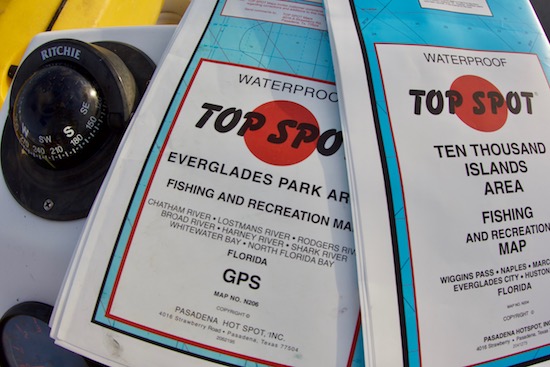
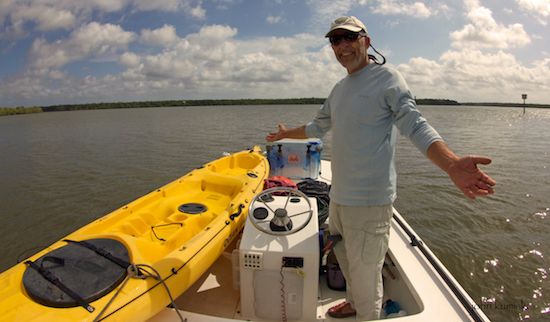
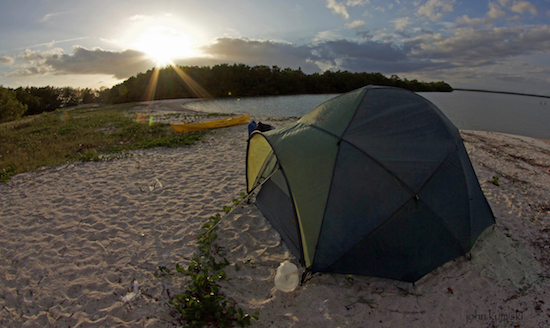
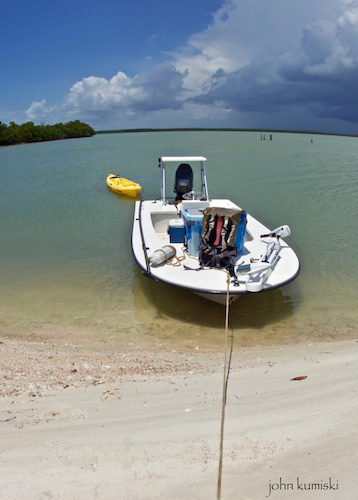
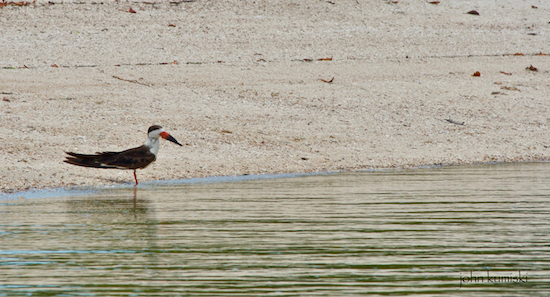
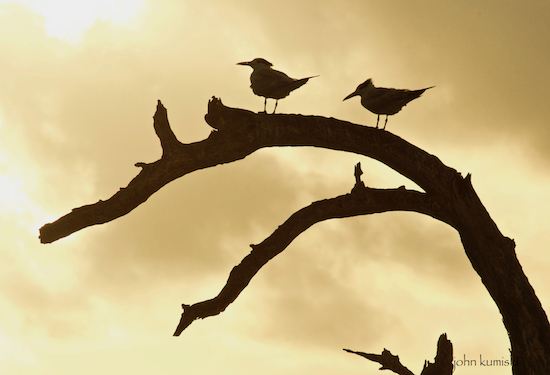
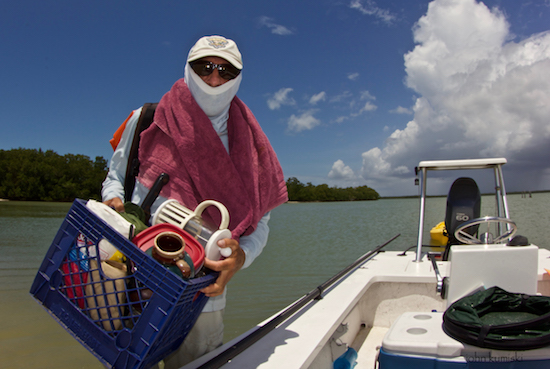
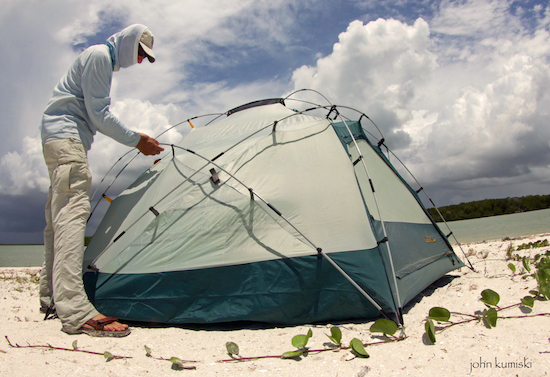
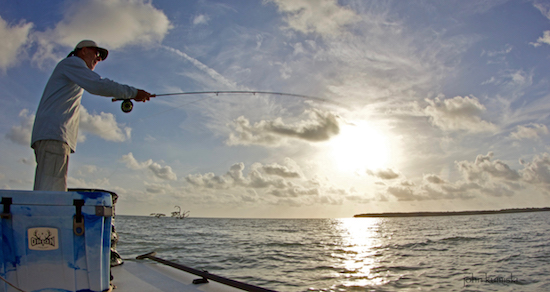
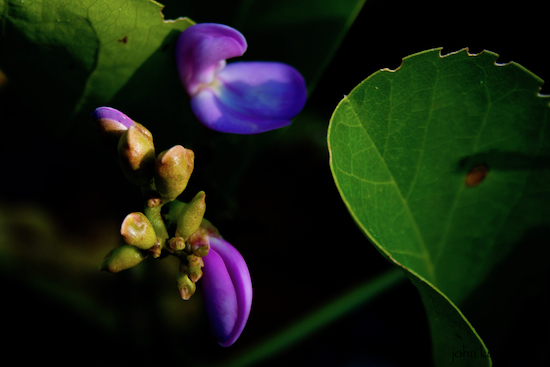
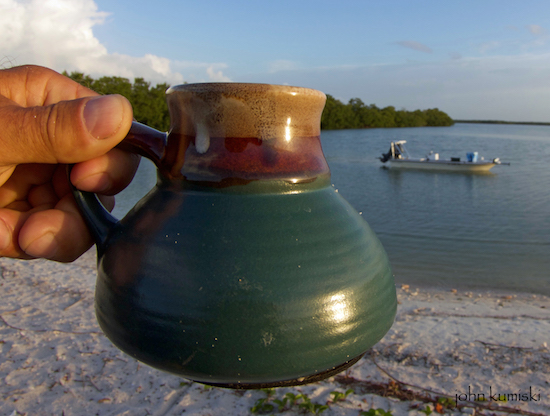
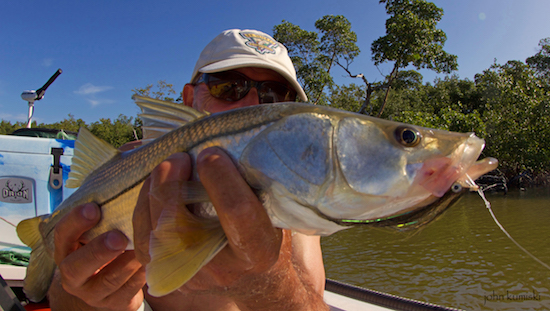
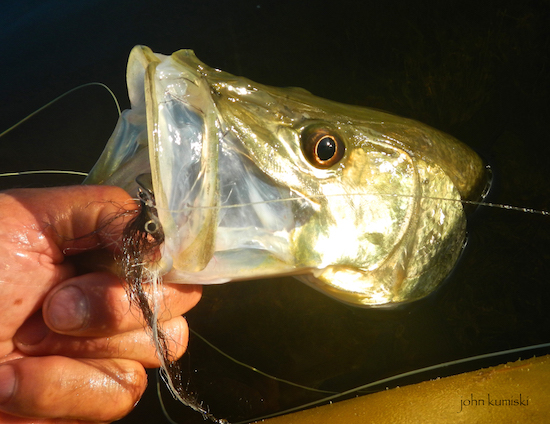
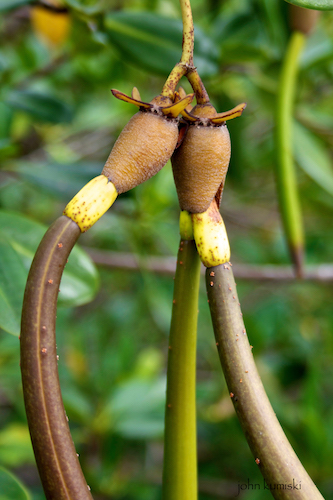
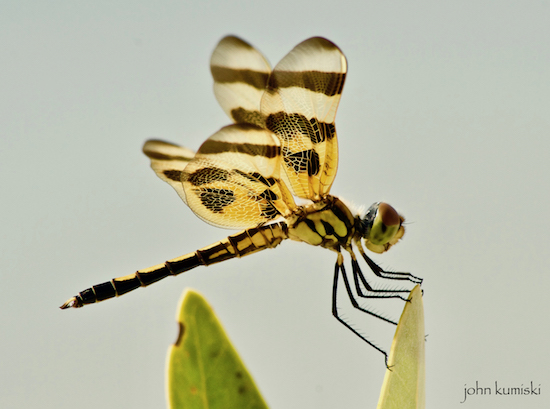
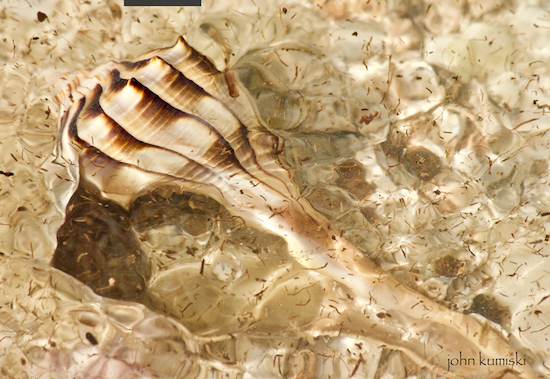
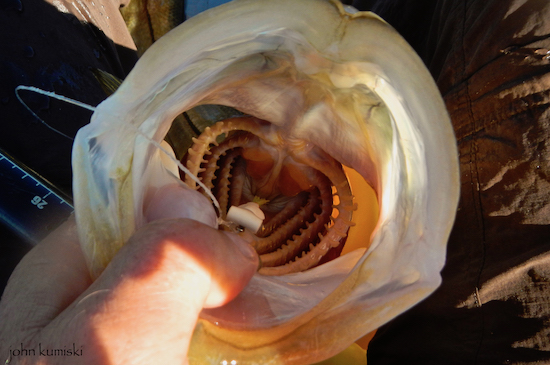
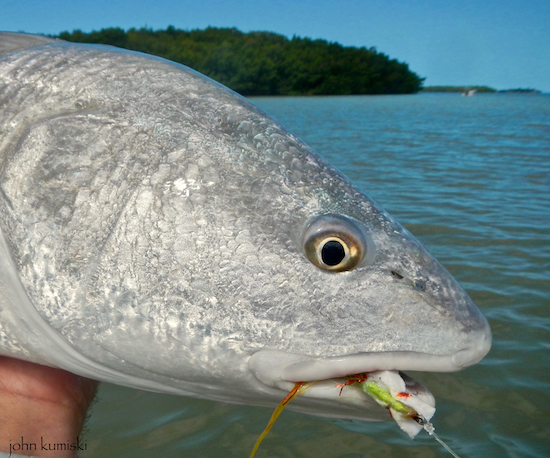
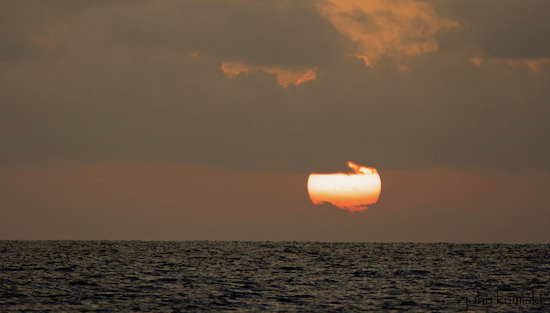
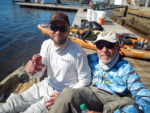
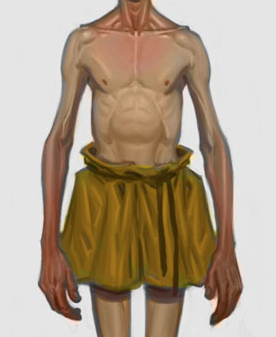
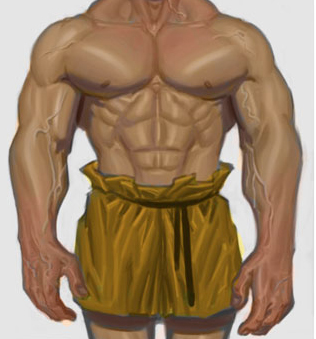
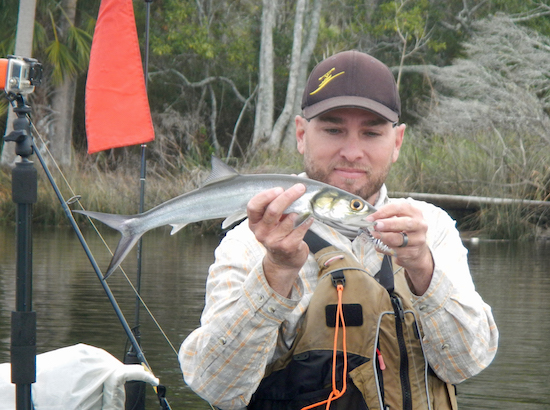
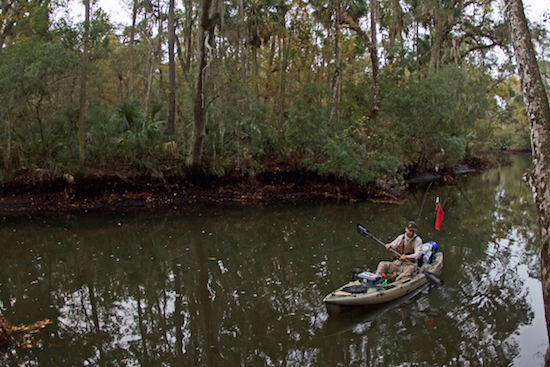
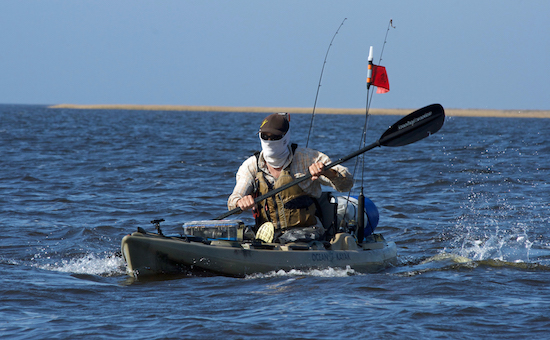
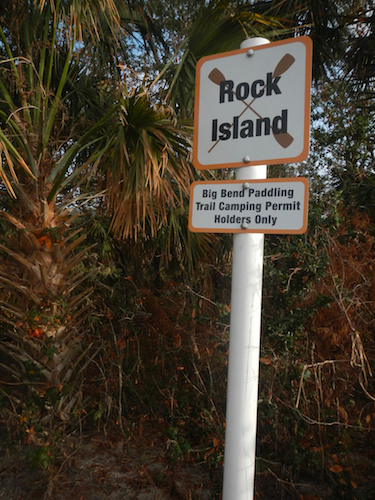
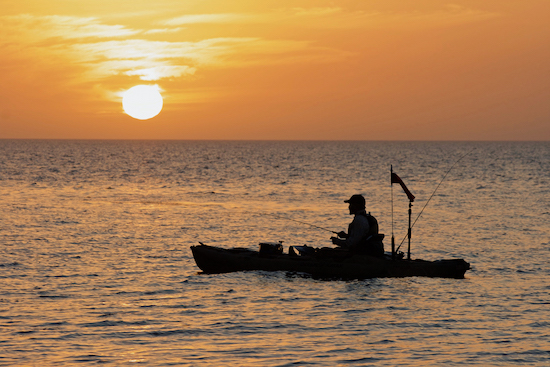
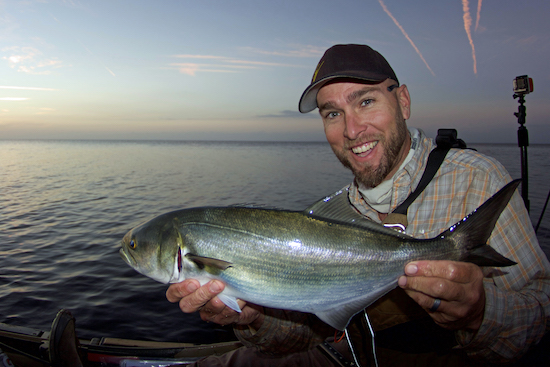
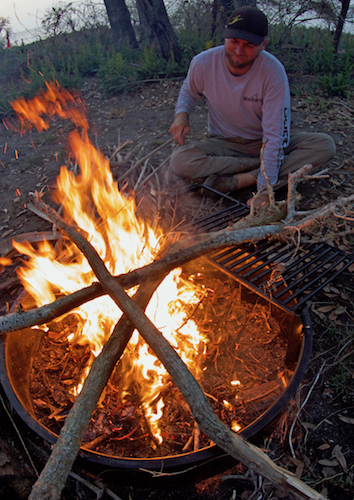
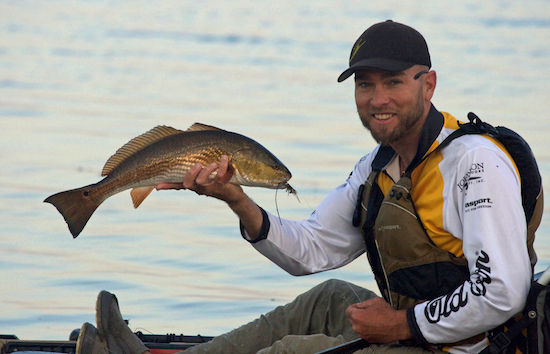
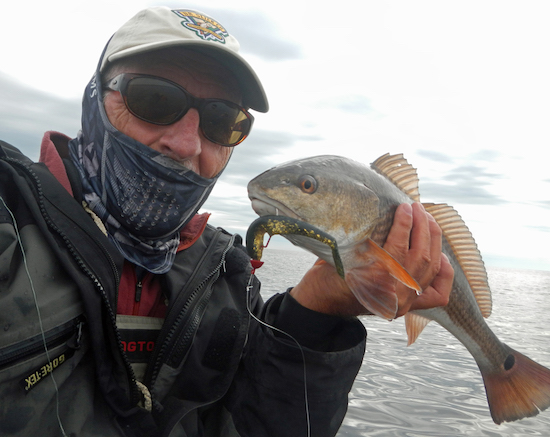
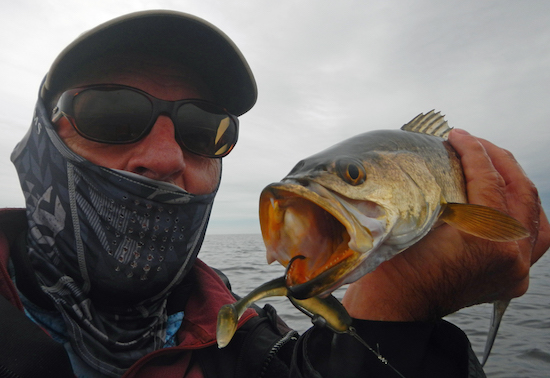
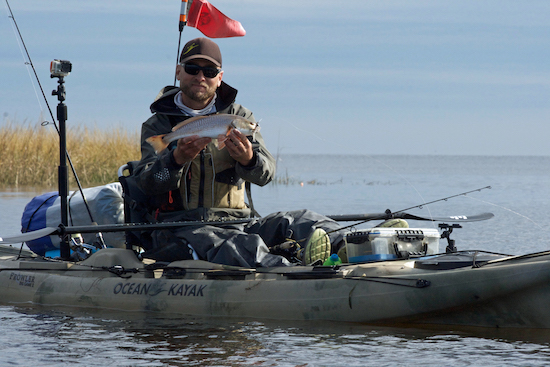
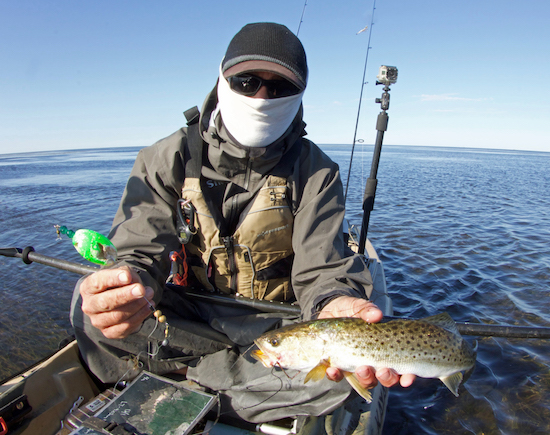
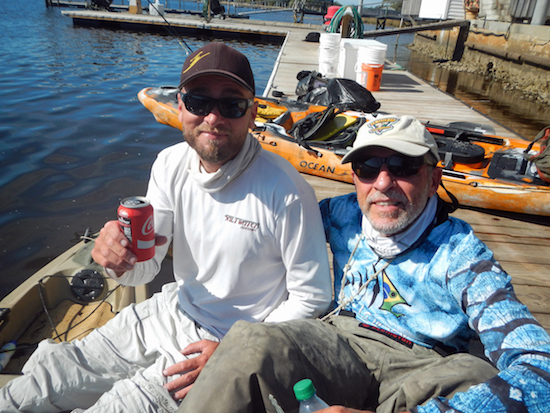
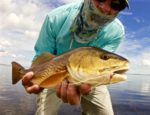
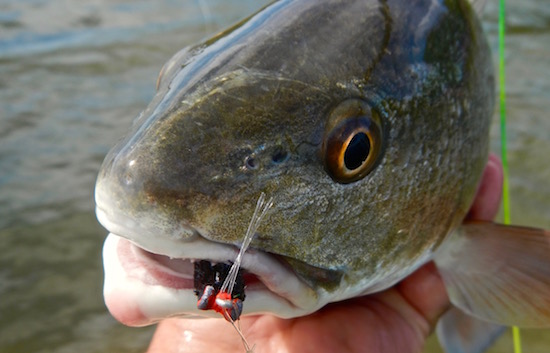

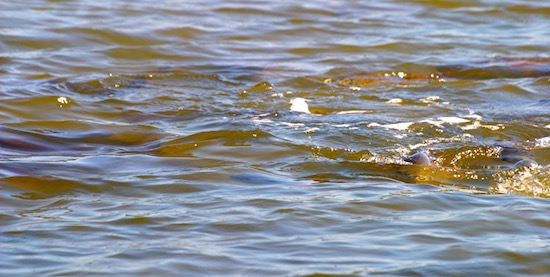


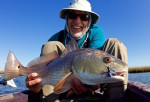





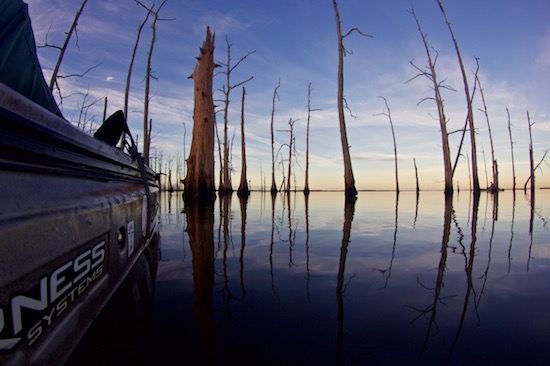

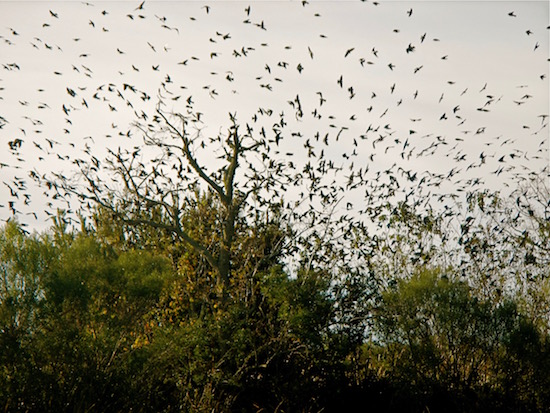

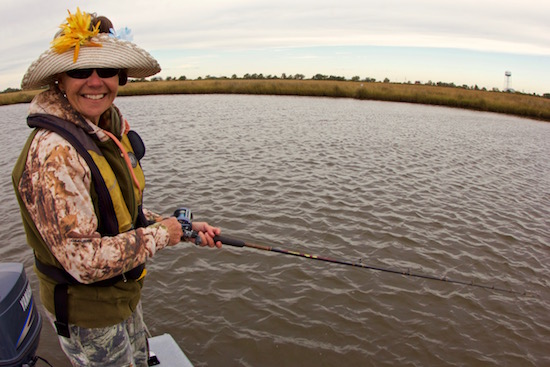
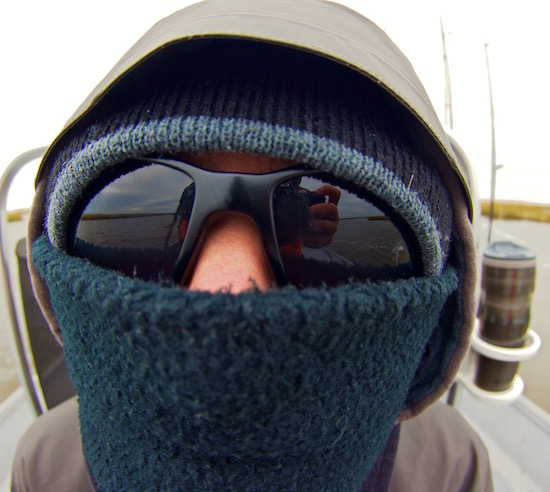











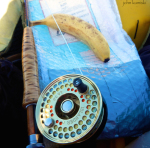
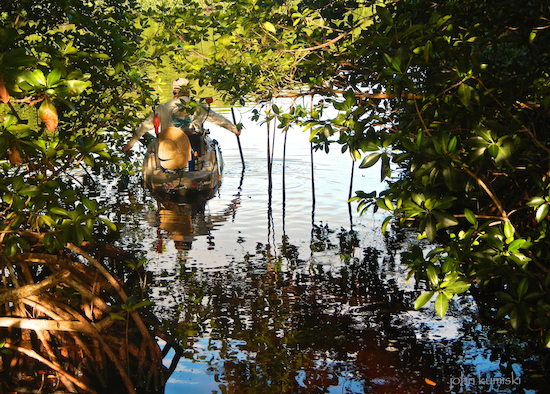
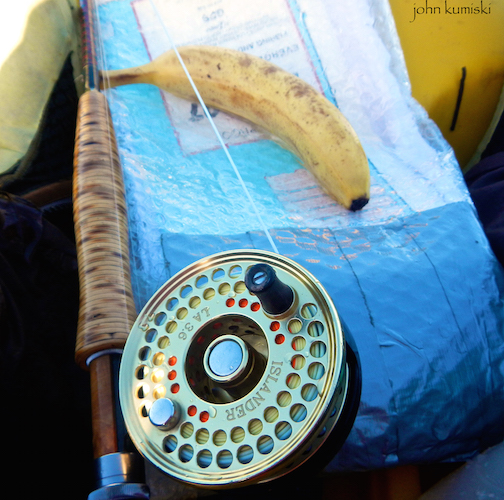
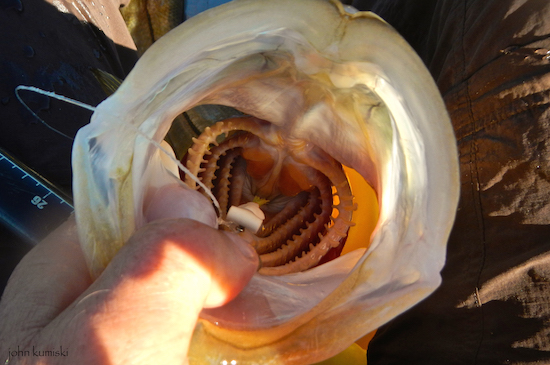
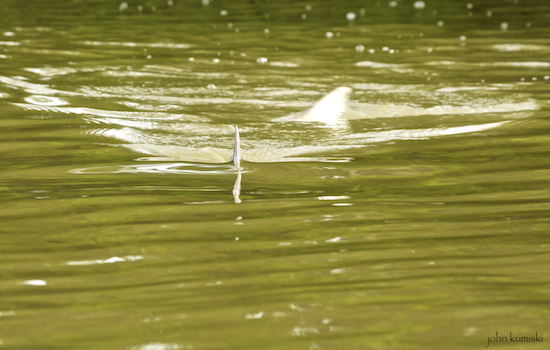

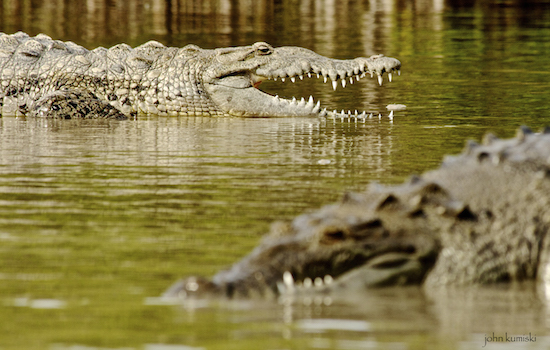
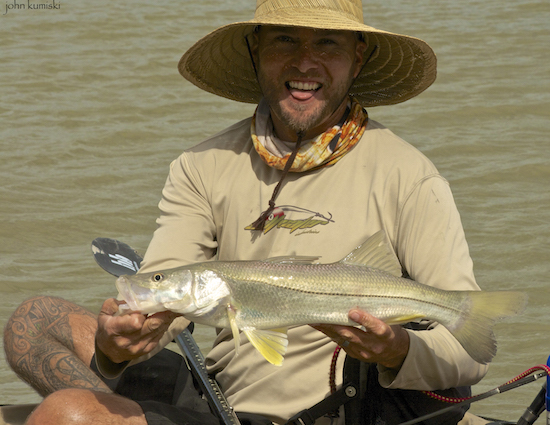
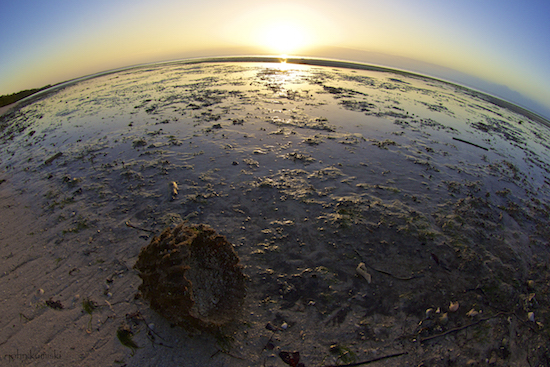
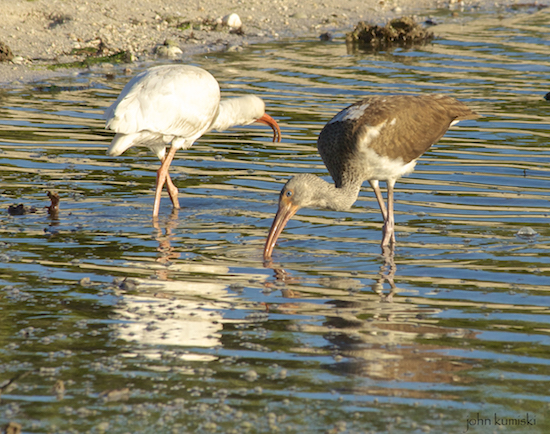
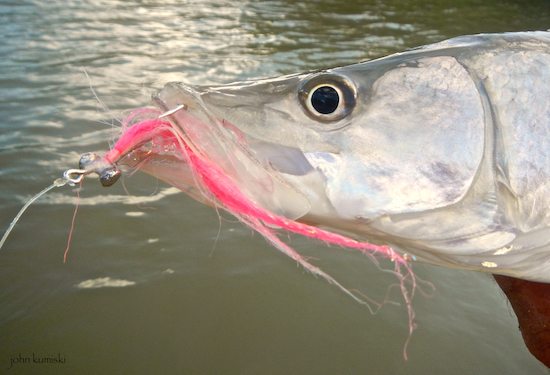
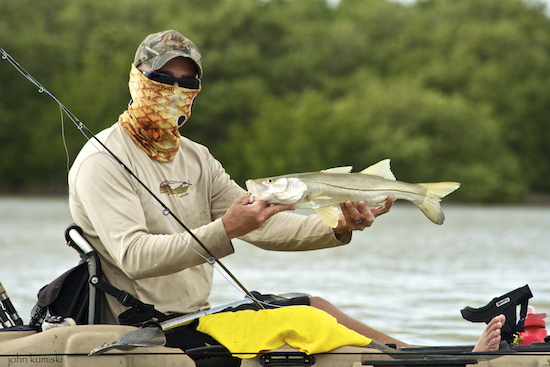
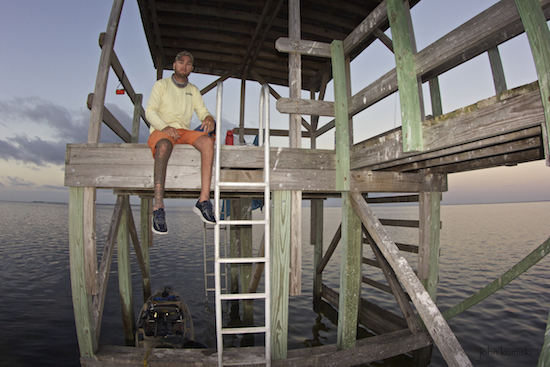
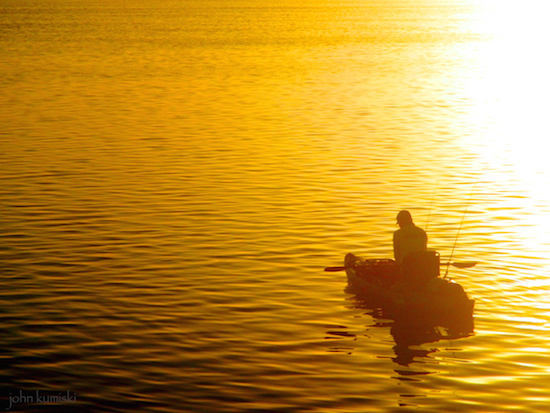
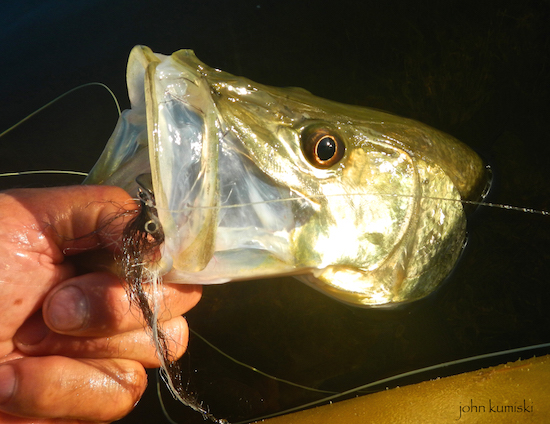
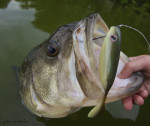


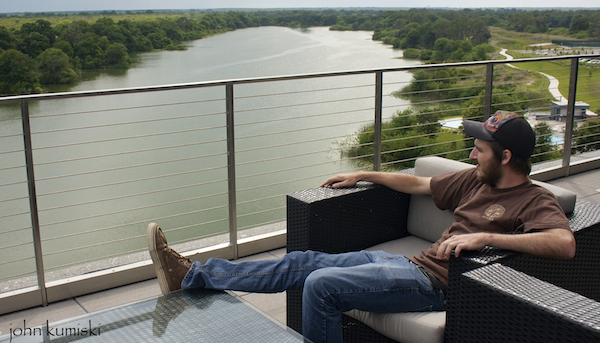

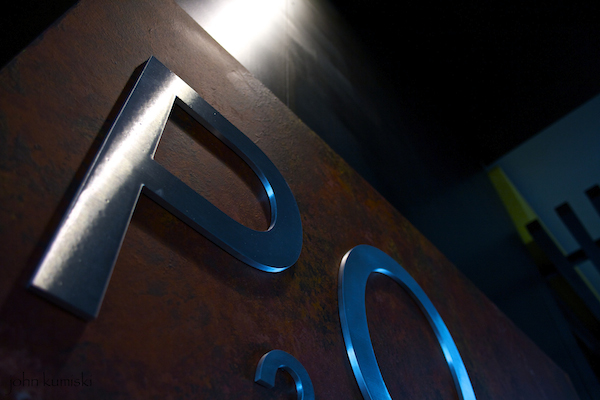

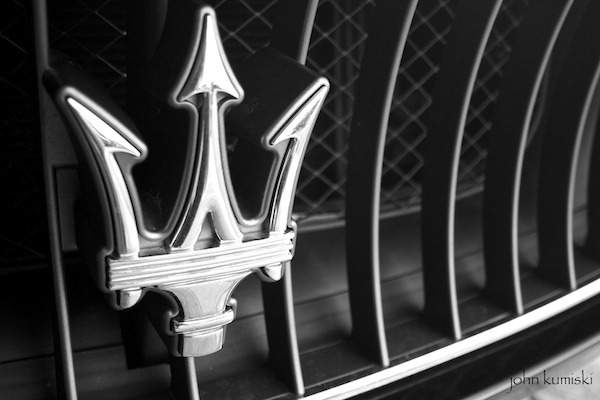
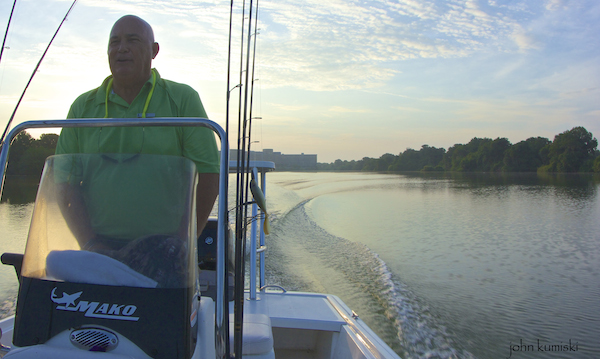
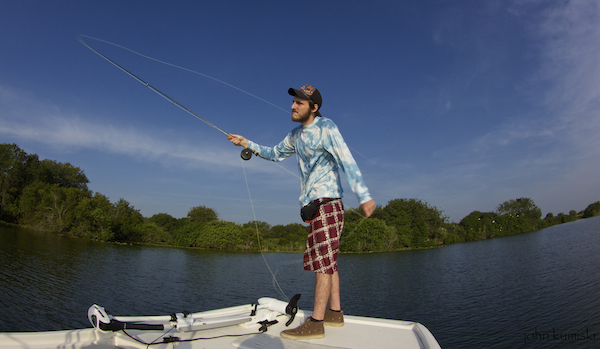
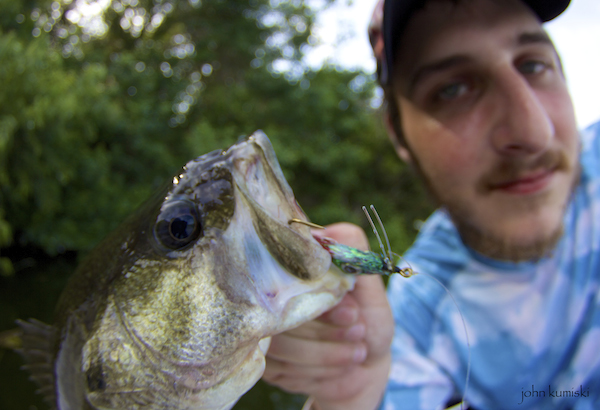
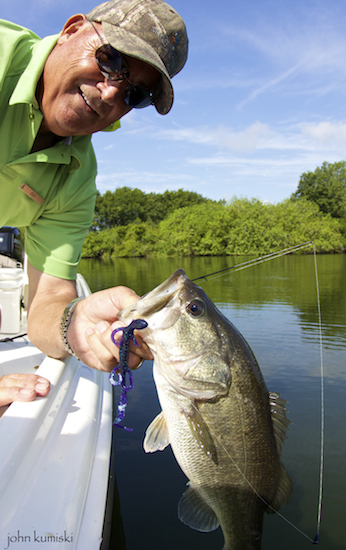
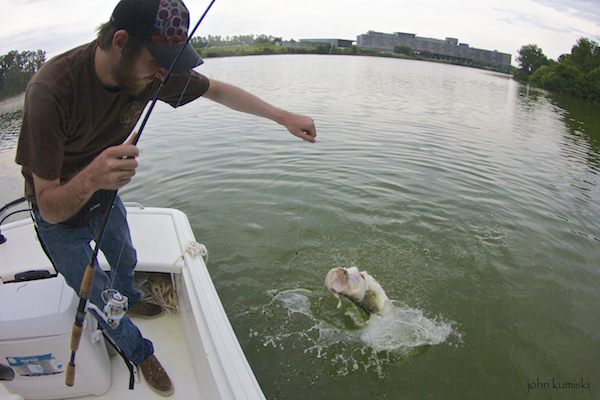
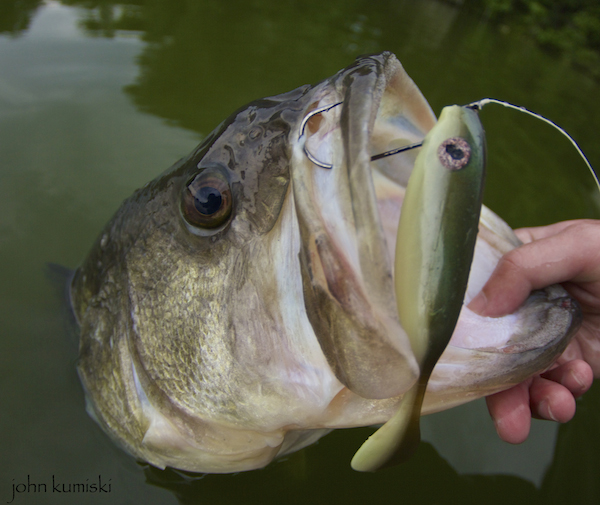
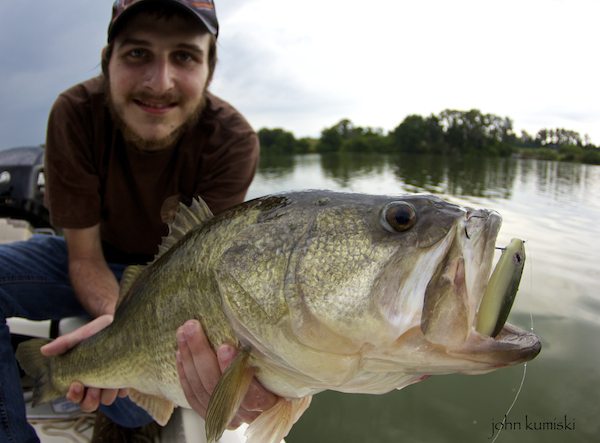
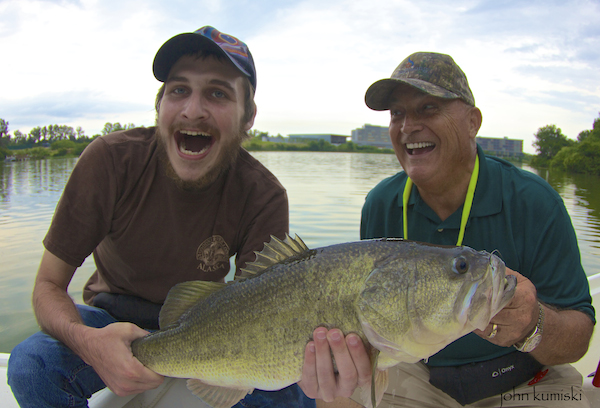
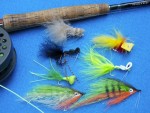
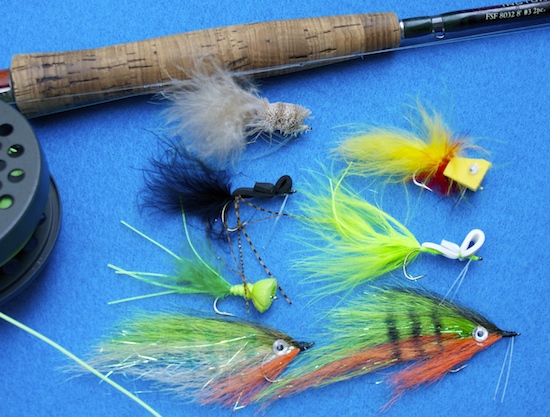
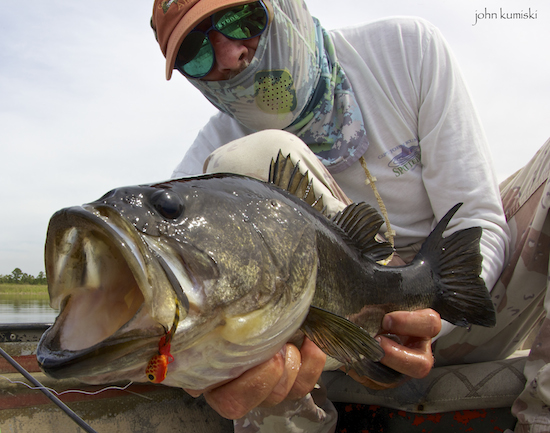

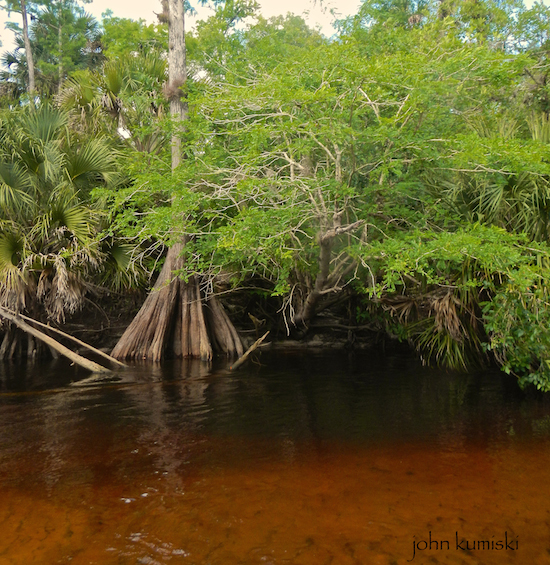

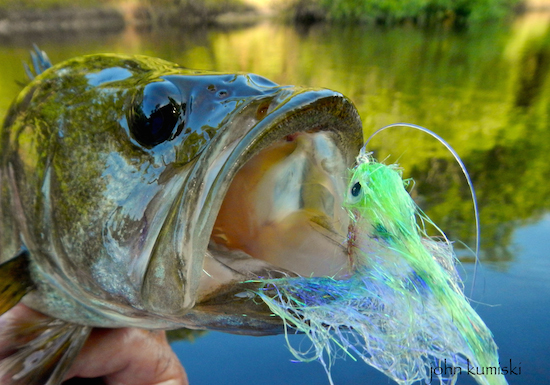
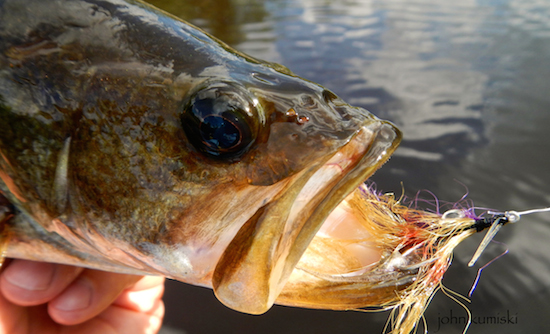
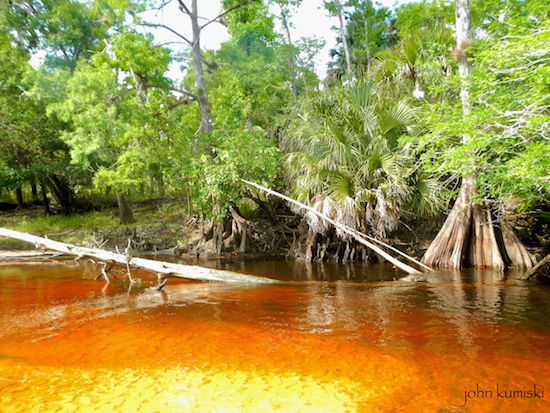

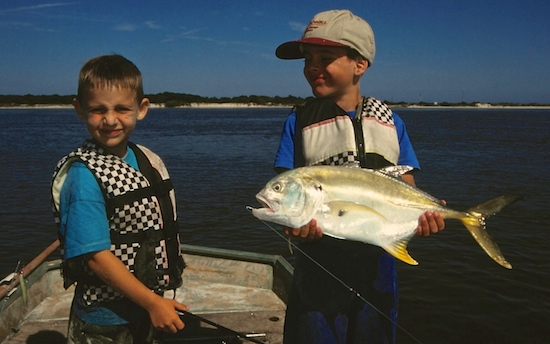
Recent Comments